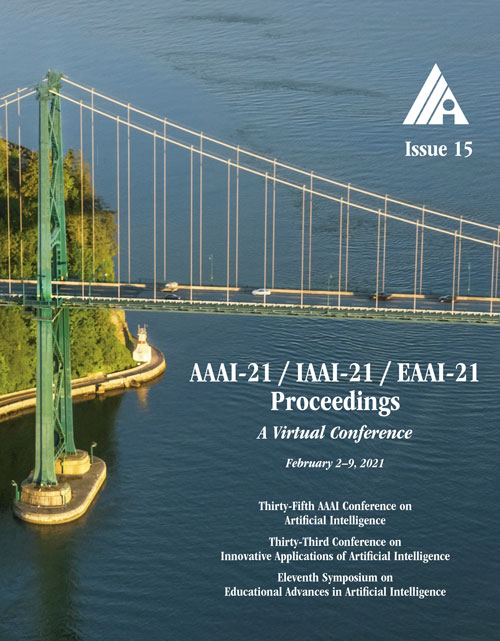Improving the Efficiency and Effectiveness for BERT-based Entity Resolution
DOI:
https://doi.org/10.1609/aaai.v35i15.17562Keywords:
Information Extraction, Text Classification & Sentiment AnalysisAbstract
BERT has set a new state-of-the-art performance on entity resolution (ER) task, largely owed to fine-tuning pre-trained language models and the deep pair-wise interaction. Albeit being remarkably effective, it comes with a steep increase in computational cost, as the deep-interaction requires to exhaustively compute every tuple pair to search for co-references. For ER task, it is often prohibitively expensive due to the large cardinality to be matched. To tackle this, we introduce a siamese network structure that independently encodes tuples using BERT but delays the pair-wise interaction via an enhanced alignment network. This siamese structure enables a dedicated blocking module to quickly filter out obviously dissimilar tuple pairs, and thus drastically reduces the cardinality of fine-grained matching. Further, the blocking and entity matching are integrated into a multi-task learning framework for facilitating both tasks. Extensive experiments on multiple datasets demonstrate that our model significantly outperforms state-of-the-art models (including BERT) in both efficiency and effectiveness.Downloads
Published
2021-05-18
How to Cite
Li, B., Miao, Y., Wang, Y., Sun, Y., & Wang, W. (2021). Improving the Efficiency and Effectiveness for BERT-based Entity Resolution. Proceedings of the AAAI Conference on Artificial Intelligence, 35(15), 13226-13233. https://doi.org/10.1609/aaai.v35i15.17562
Issue
Section
AAAI Technical Track on Speech and Natural Language Processing II

